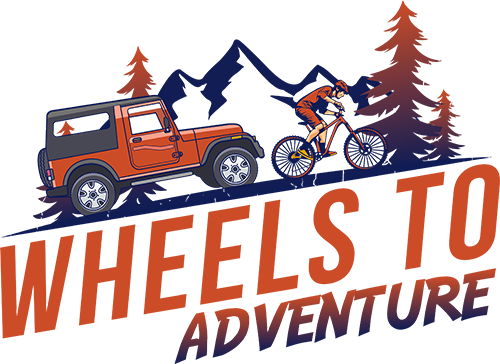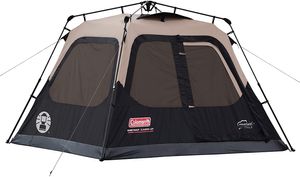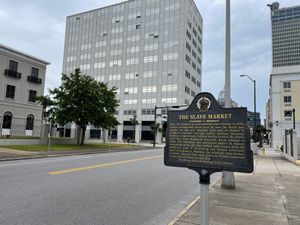I thought my tent trials, as I call them, were over. I had purchased the Magellan Swiftrise Hub tent from Academy sports, deployed it once to see how it worked and to make sure there was no damage to it. It was what I was looking for in a tent; quick set up, large and roomy, space to cook inside away from the bugs.
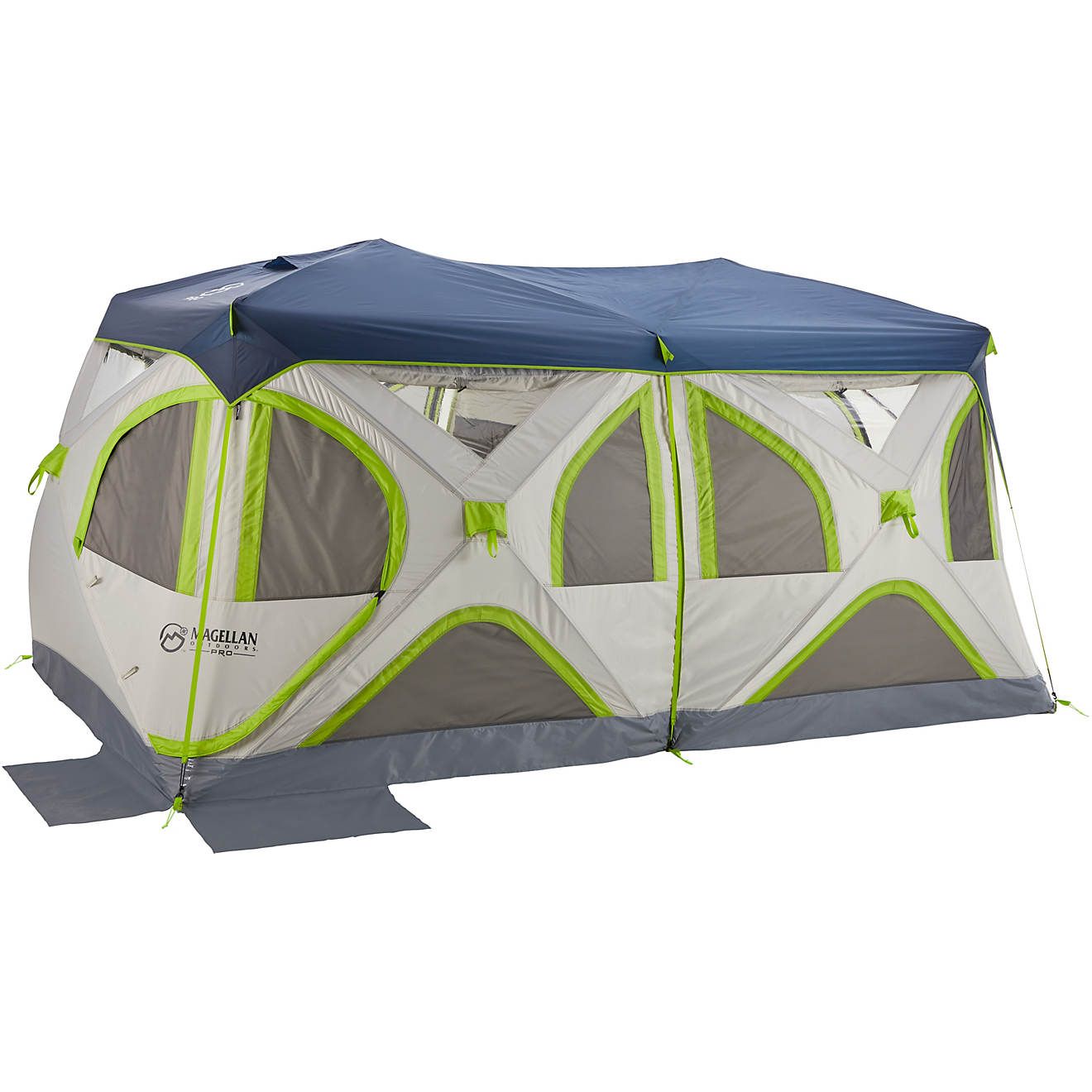

I moved on two choosing a tent for the biking portion. Tents for bike touring need to be compact, light, and fast to set up. You are traveling by bike and getting caught in the rain when it’s time to stop for the night is almost guaranteed at some point.
As mentioned in Part one of the Tent Tribulations post, none of the tents you purchase will be large enough for the number of people specified. That includes one person tents. How so? Put it this way, many of the one person tents will allow one person in them, but with little room on the sides or for head room. Now depending on the type of bike camping or travel you are doing, that might not matter. Individuals involved long distance racing or just want minimal set up are happy with Bivy style tents or small ones. If you want more room, and willing to spend more, than you can find a comfortable one-person tent that has room for your body.
My suggestion, however, is to get tent that’s rated for two people. The weight increased is minimal and you will have space to place gear in the tent with you. Few things are worse than rain drenched gear or creepy crawlers hiding away in your boots or bags.
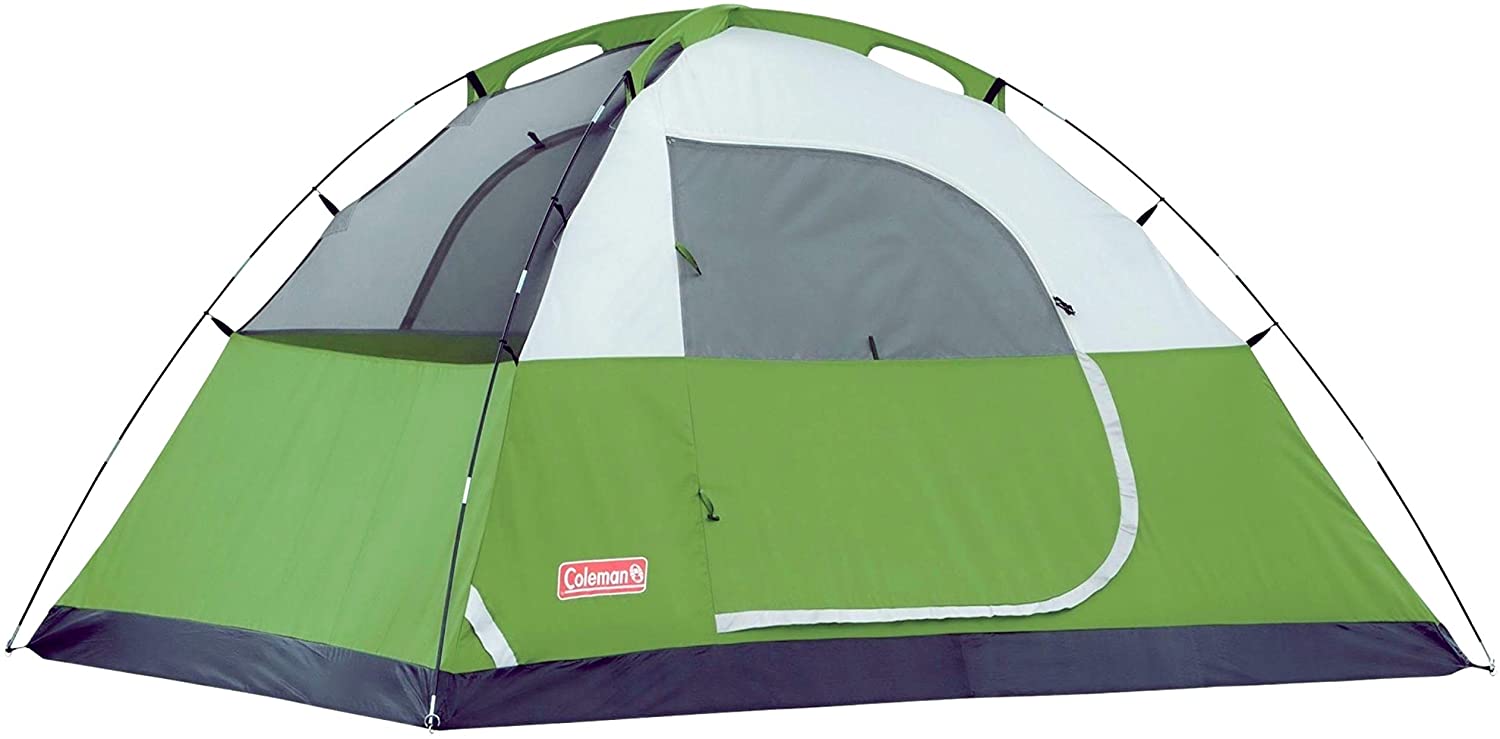
I decided on the Coleman 3 person SunDome Tent. The cost was less than a hundred on Amazon for each one. There are 31,000 reviews with an average rating of four and half stars. Setting up the tent was a breeze. Packing it away was equally fast. If the rain fly keeps me dry, I will enjoy this tent, I am sure. There is plenty of room in the tent, but for now you will have to trust me on that. As mentioned in Part One all video of the tent set up were confiscated by the media gremlins.
So, I was all set and ready to go, right?
Of course not.
Three days before leaving it became obvious the Hub tent would not work. Rolled up and in its bag the tent is 60 inches long. It would take one whole side of my Rogue up from the tent. On the other side in back, I had a portable fridge/freezer. This all meant I had little space left for the containers holding all the other camping items. This is when I first investigated whether my roof rails were strong enough to put the tent there and was told no. I would need a crossbar attached for the weight to be held. That turned out to be false because of either ignorance or the car dealership wanting a service sale. I’ll let you decide which one.
Back to the store, I went to return to the Hub and choose another tent. By now I was sick of looking and bought solely based on price, look, and deployment speed. I also decided I would buy a tent low enough in price to allow me to buy a separate gazebo to put the camp kitchen.
This last purchase was for a Coleman Skydome eight-person tent with a 5-minute set-up system. This set up for this tent is ingenious. It uses poles, but they are foldable, color coded for which end of the tent they slide into and uses a series of loops to pull tension on the tent and force it into shape. I did not have time to test it before leaving for the trip, but on our first camping night, I got it set up with little difficulty.
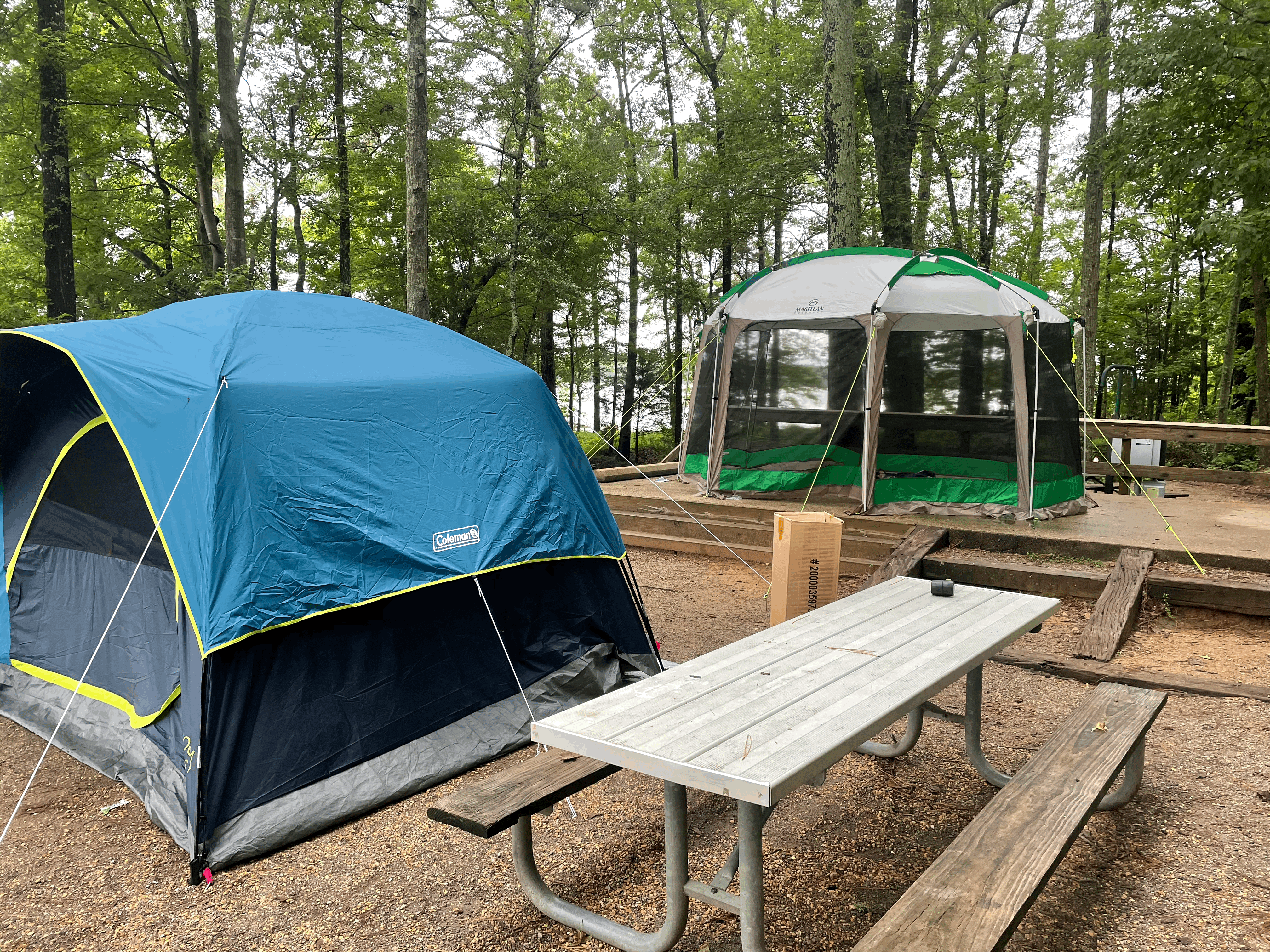
The gazebo I bought took twice as long and did not prevent bugs from getting in, but that is a story for another post.
Key takeaways from my experience:
1. Think about size and weight regarding your mode of transportation.
2. Get a tent larger than you think you need. I would say two people more than are coming on the trip. If it is four people with minimal gear, then a six-person tent. If you have more gear you want in the tent with you, then get twice as large a tent. So, for four people, get an eight-person tent.
3. If getting a large tent and there will be no one else to help you set up, bring less gear, and get smaller tent.
4. Hub style tents are the easiest to set up and pack away. Otherwise get a tent with a color-coded pole and loop system.
